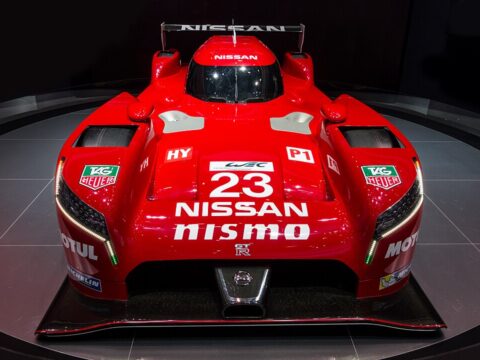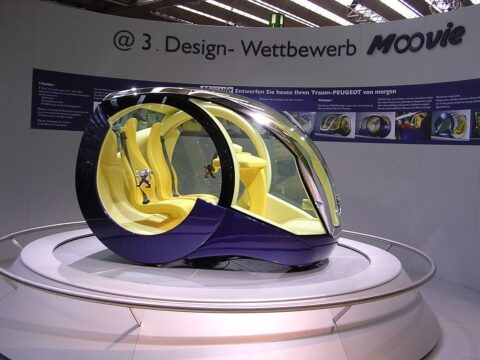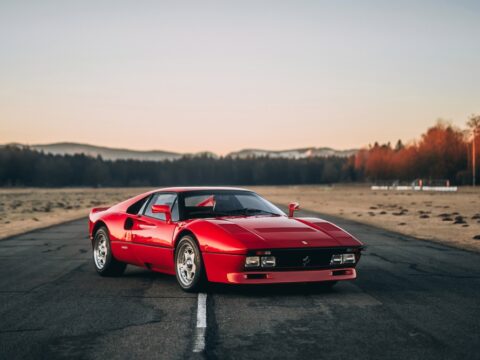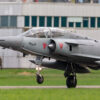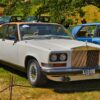Racing bikes have always been at the forefront of innovation, pushing the boundaries of speed and performance. In this article, we’ll take a look at the top 20 racing bikes that not only defined their era but also left a lasting impact on the world of motorsports. These machines weren’t just fast; they set new standards and inspired generations of riders and engineers alike.
Contents
Honda RC166

The Honda RC166 is a legendary 250cc six-cylinder racing bike that dominated the Grand Prix circuit in the 1960s. Known for its high-revving engine, which could reach over 18,000 RPM, the RC166 was a marvel of engineering. With a top speed of over 150 mph, it helped Honda secure multiple World Championships, cementing its place as one of the most iconic bikes in racing history.
Ducati 916
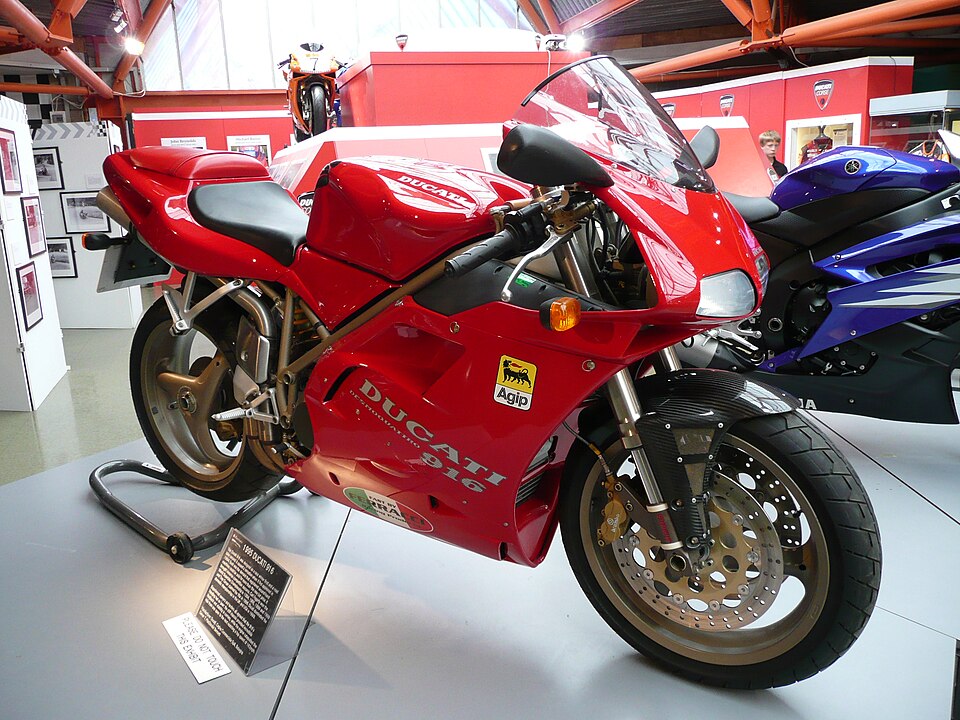
The Ducati 916 is often hailed as one of the most beautiful and technically advanced motorcycles ever made. Introduced in 1994, it featured a 916cc L-twin engine, a trellis frame, and distinctive underseat exhausts. The bike’s success in World Superbike racing, where it won numerous championships, set new standards for performance and design in the industry.
Yamaha YZR500
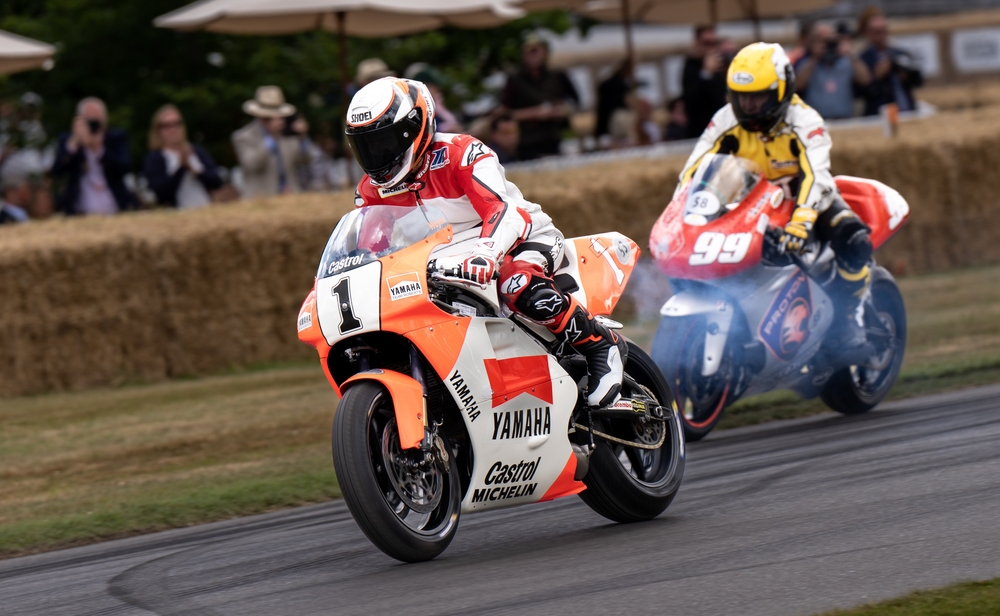
The Yamaha YZR500 was a key player in the two-stroke era of Grand Prix motorcycle racing. With a 500cc two-stroke engine, the YZR500 brought Yamaha multiple world titles in the 1990s. Its advanced power delivery and handling capabilities made it a formidable competitor, influencing the design of future racing motorcycles.
Kawasaki H2R
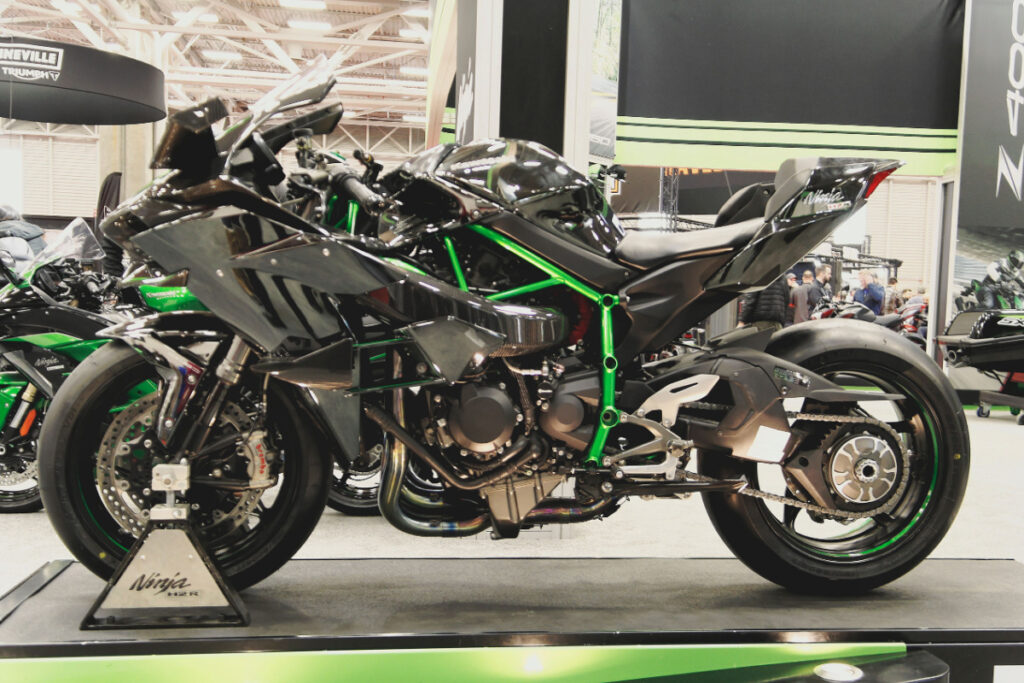
The Kawasaki H2R is a modern-day marvel, known for its supercharged 998cc inline-four engine that produces over 300 horsepower. Launched in 2015, the H2R quickly became the most powerful production motorcycle ever built, capable of reaching speeds over 200 mph. It redefined the boundaries of performance and speed, setting a new benchmark for racing bikes.
Suzuki GSX-R750
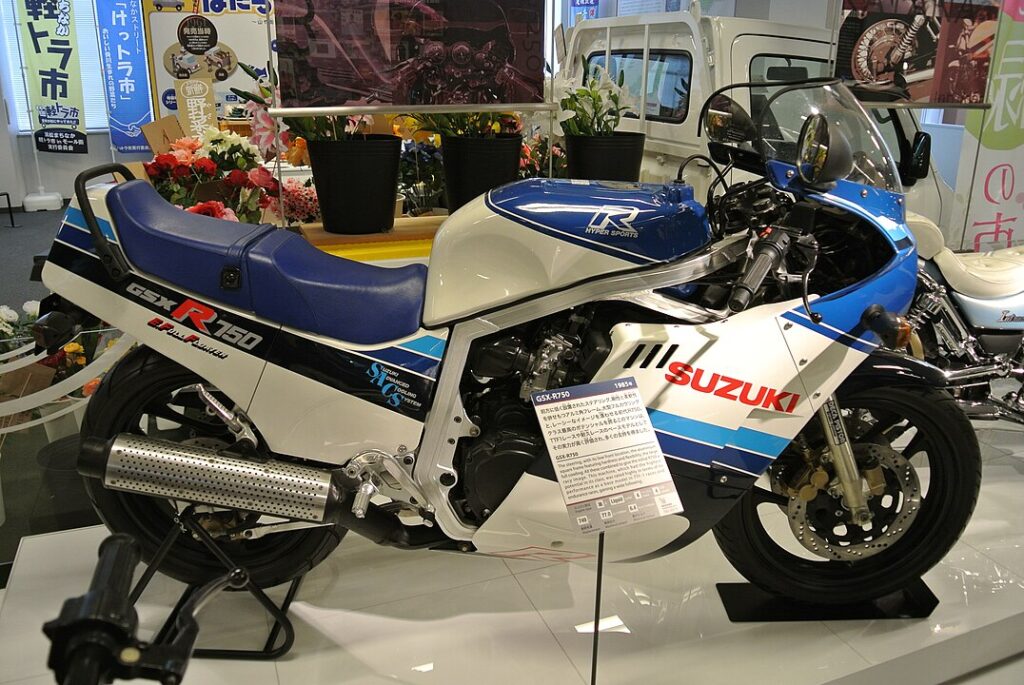
The Suzuki GSX-R750, introduced in 1985, revolutionized the sportbike category with its lightweight frame and race-bred technology. Powered by a 750cc inline-four engine, it offered unprecedented performance for a production bike. The GSX-R750 became the template for modern sportbikes, influencing motorcycle design and racing for decades.
Norton Manx
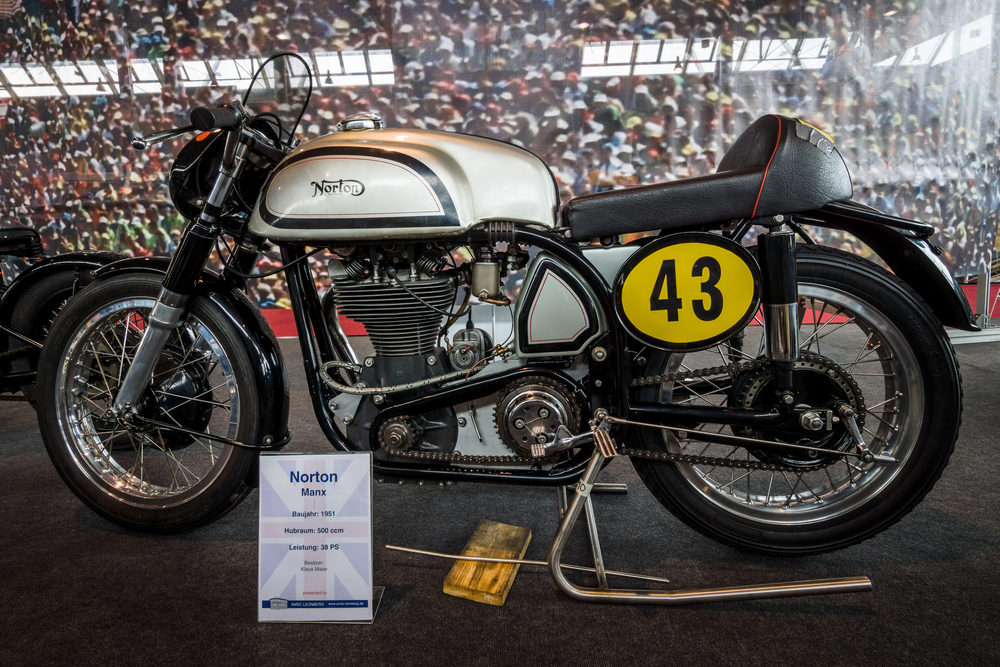
The Norton Manx is a true classic, renowned for its success in the Isle of Man TT and other road races in the 1950s. With a 500cc single-cylinder engine and the iconic Featherbed frame, the Manx was known for its agility and speed. Its legacy in motorcycle racing is unmatched, and it remains a symbol of British engineering excellence.
Harley-Davidson XR750
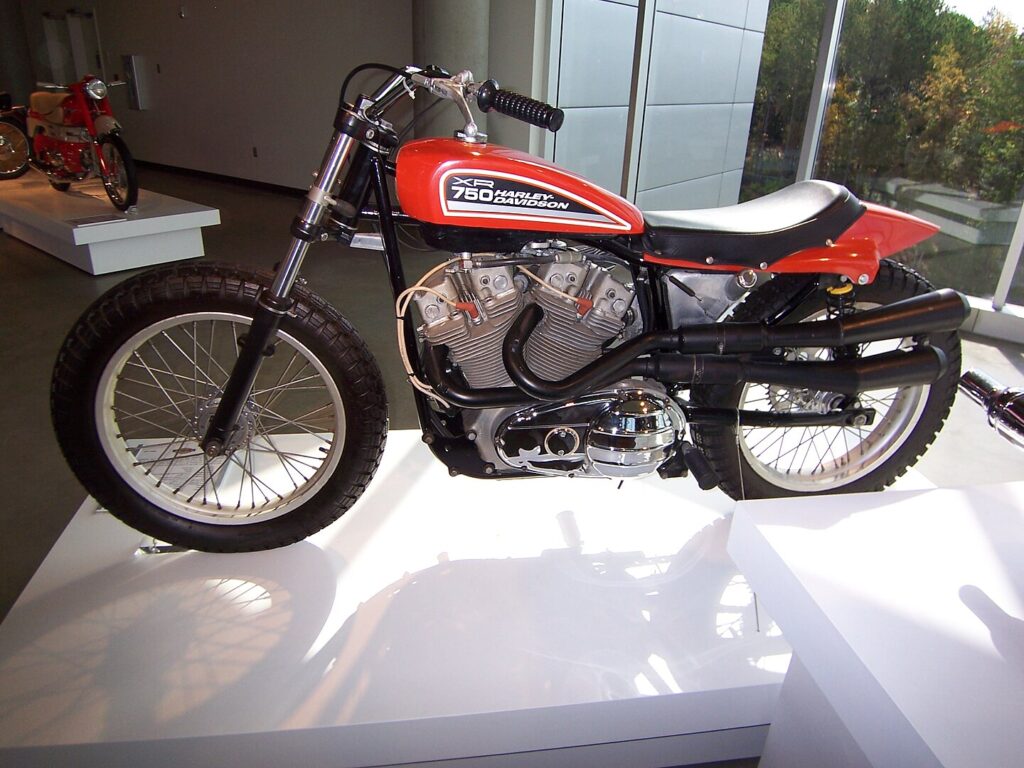
The Harley-Davidson XR750 is an American racing legend, dominating flat track racing for decades since its introduction in 1970. Powered by a 750cc V-twin engine, the XR750 became the most successful motorcycle in AMA history, with countless victories to its name. Its influence extends beyond the track, becoming an icon in popular culture.
BMW R90S

The BMW R90S, introduced in 1973, was a groundbreaking motorcycle that combined performance with luxury. Powered by a 898cc boxer twin engine, it was capable of reaching speeds over 120 mph. The R90S also made a mark in racing, winning the inaugural AMA Superbike Championship in 1976. Its design and engineering set new standards for sport-touring motorcycles.
Honda NR750
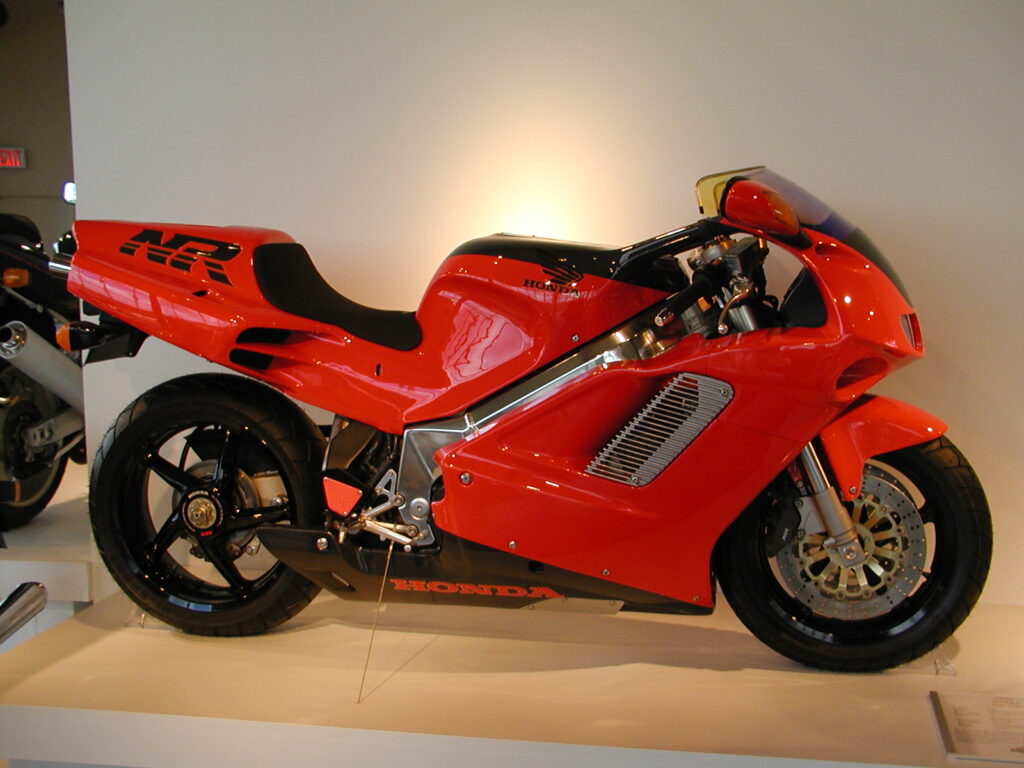
The Honda NR750, also known as the RC40, was a technological masterpiece introduced in 1992. Featuring a 750cc V4 engine with oval pistons and 32 valves, it was designed to push the boundaries of what was possible in motorcycle engineering. Although it wasn’t a racing bike in the traditional sense, its innovative design influenced the development of future racing motorcycles.
Aprilia RSV4

The Aprilia RSV4, launched in 2009, brought Italian engineering and style to the forefront of modern racing. Powered by a 999cc V4 engine, it quickly became a dominant force in World Superbike racing, winning multiple championships. The RSV4’s advanced electronics, lightweight chassis, and exceptional handling set new standards for production superbikes.
Suzuki RG500
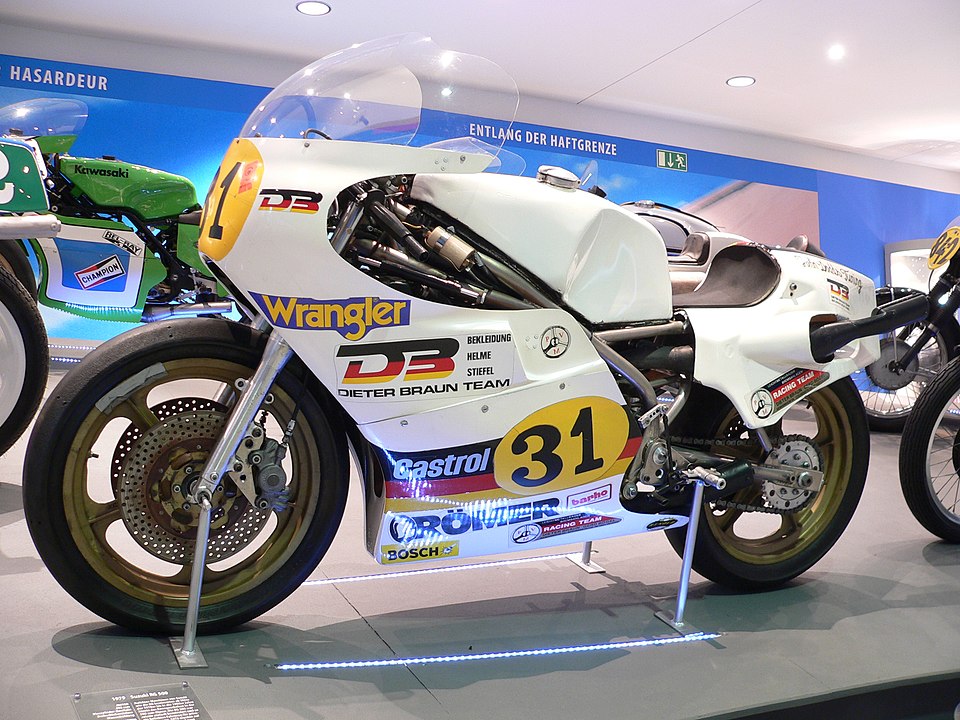
The Suzuki RG500 was a two-stroke powerhouse that dominated the Grand Prix circuits in the late 1970s and early 1980s. With a 500cc square-four engine, it offered exceptional power-to-weight ratio and handling. The RG500 helped Suzuki secure multiple World Championships, and its influence is still felt in the design of modern racing motorcycles.
Yamaha TZ750

The Yamaha TZ750 was a two-stroke racing legend introduced in 1974. With a 750cc inline-four engine, it became one of the most powerful and successful racing bikes of its time. Known for its blistering speed and challenging handling, the TZ750 dominated road racing and set the stage for the future of two-stroke racing bikes.
Triumph Daytona 675
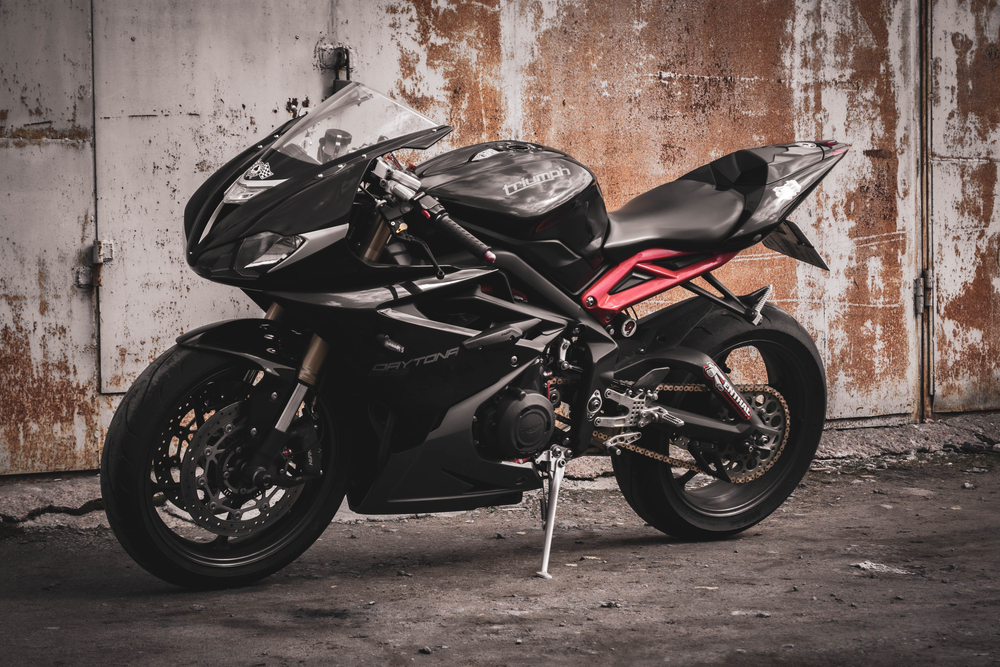
The Triumph Daytona 675, introduced in 2006, redefined the middleweight sportbike category with its 675cc inline-three engine. The bike was praised for its balanced performance, handling, and distinctive triple-cylinder sound. Its success in the Supersport racing category solidified its reputation as one of the most influential bikes of its era.
Ducati Desmosedici GP
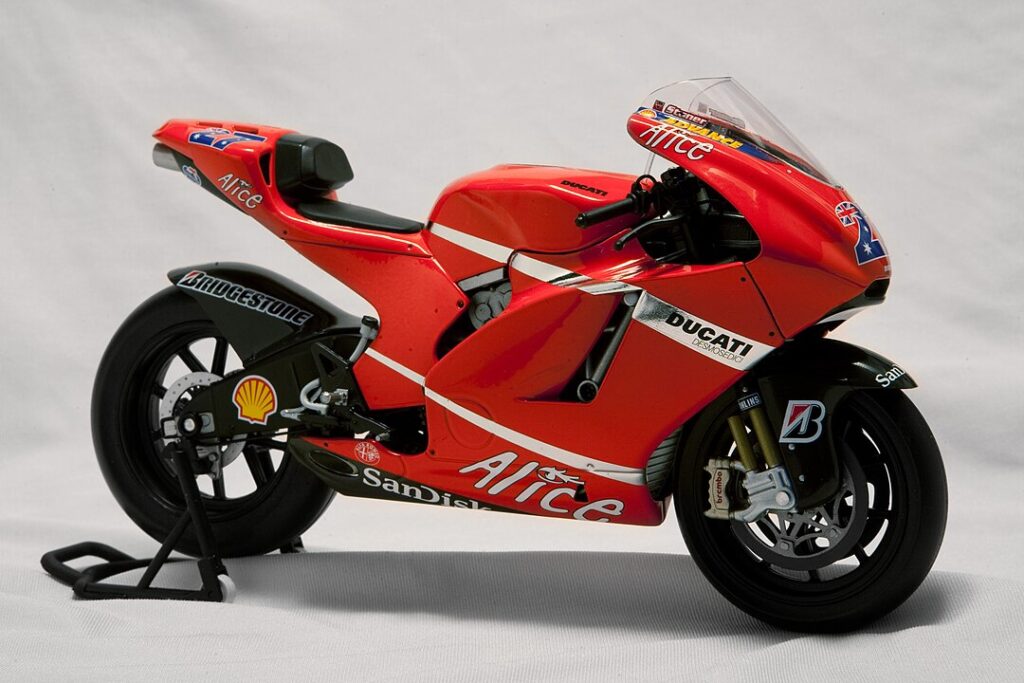
The Ducati Desmosedici GP is the pinnacle of Ducati’s MotoGP engineering. Powered by a 1000cc V4 engine, it has been a consistent competitor in the premier class of motorcycle racing. The Desmosedici GP’s innovative design, including its desmodromic valve system, has influenced the development of many high-performance motorcycles, making it a true racing icon.
Honda RC30
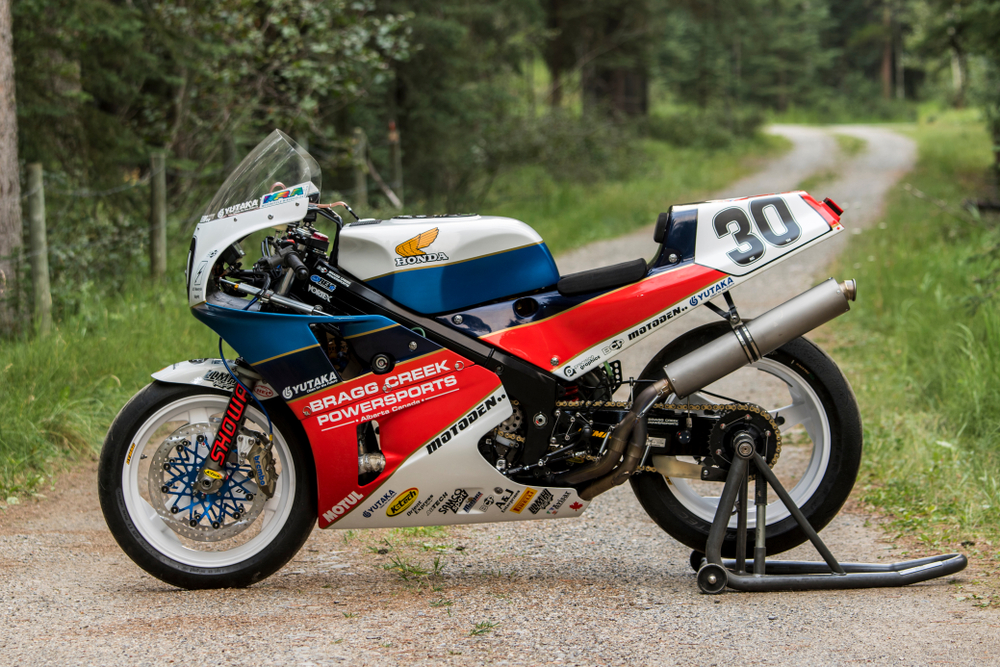
The Honda RC30, also known as the VFR750R, was a limited-production racing homologation special introduced in 1987. Featuring a 748cc V4 engine, gear-driven camshafts, and advanced suspension, it was designed to dominate World Superbike racing. The RC30’s success on the track and its impact on sportbike design make it a legendary machine.
Yamaha R7
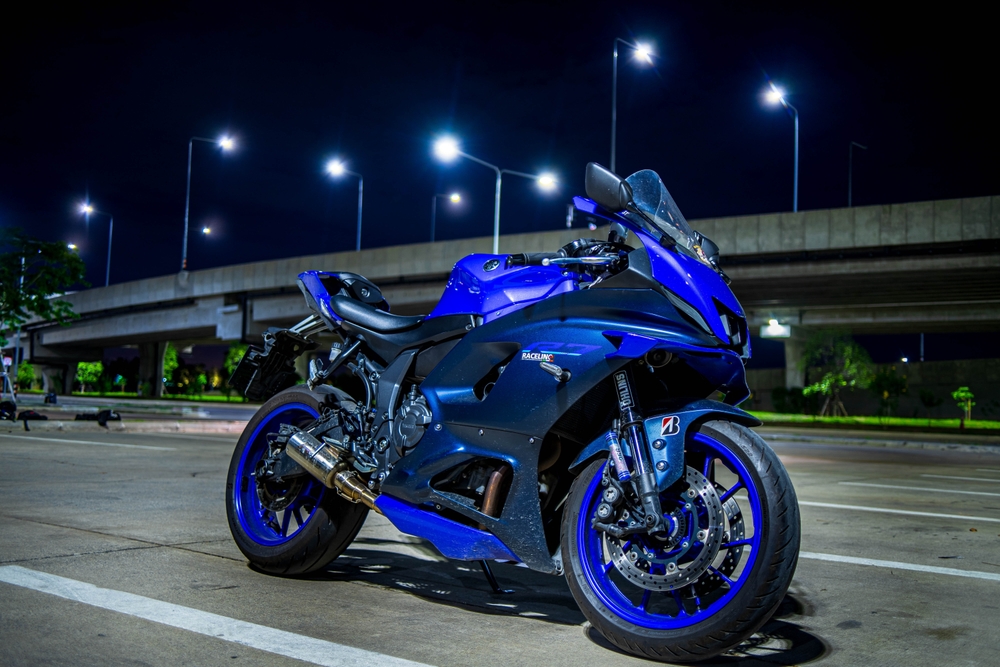
The Yamaha R7, or YZF-R7, was a homologation special introduced in 1999 for World Superbike competition. Powered by a 749cc inline-four engine, it was designed for one purpose: to win races. With advanced technology, including titanium valves and forged pistons, the R7 remains a highly sought-after bike for collectors and racing enthusiasts alike.
Kawasaki ZXR750

The Kawasaki ZXR750, introduced in the late 1980s, was a racing homologation model that helped Kawasaki establish its dominance in the World Superbike Championship. With a 748cc inline-four engine, the ZXR750 was known for its powerful performance and excellent handling. Its influence on the development of future Kawasaki sportbikes is undeniable.
MV Agusta F4
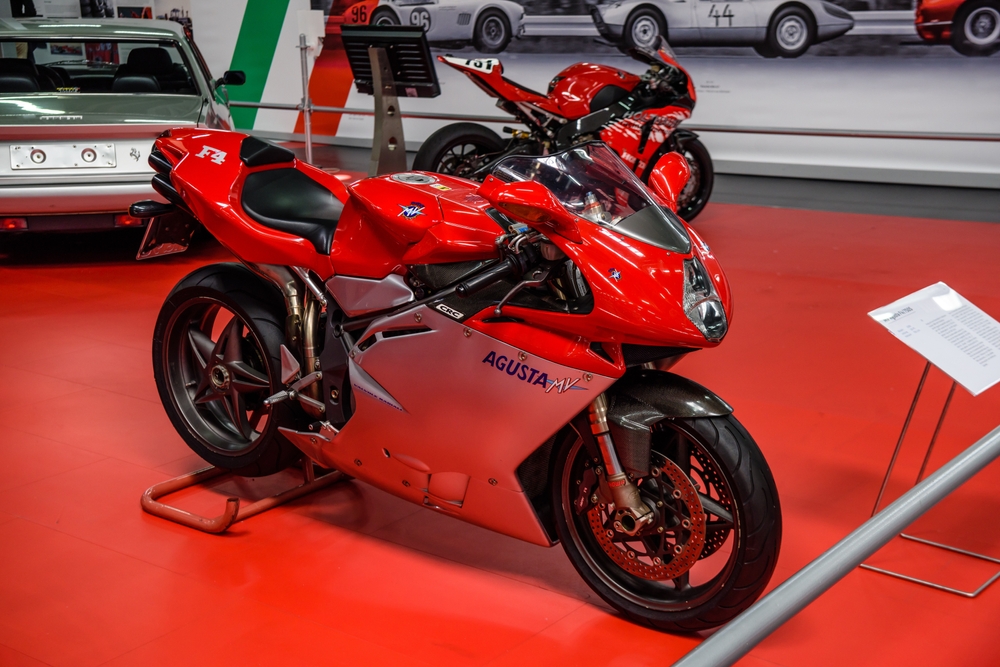
The MV Agusta F4, launched in 1998, is often regarded as one of the most beautiful motorcycles ever made. With a 749cc inline-four engine and a top speed of over 170 mph, the F4 combined Italian artistry with cutting-edge technology. It was a statement of MV Agusta’s return to the racing world and quickly became an icon in the sportbike community.
Suzuki Hayabusa
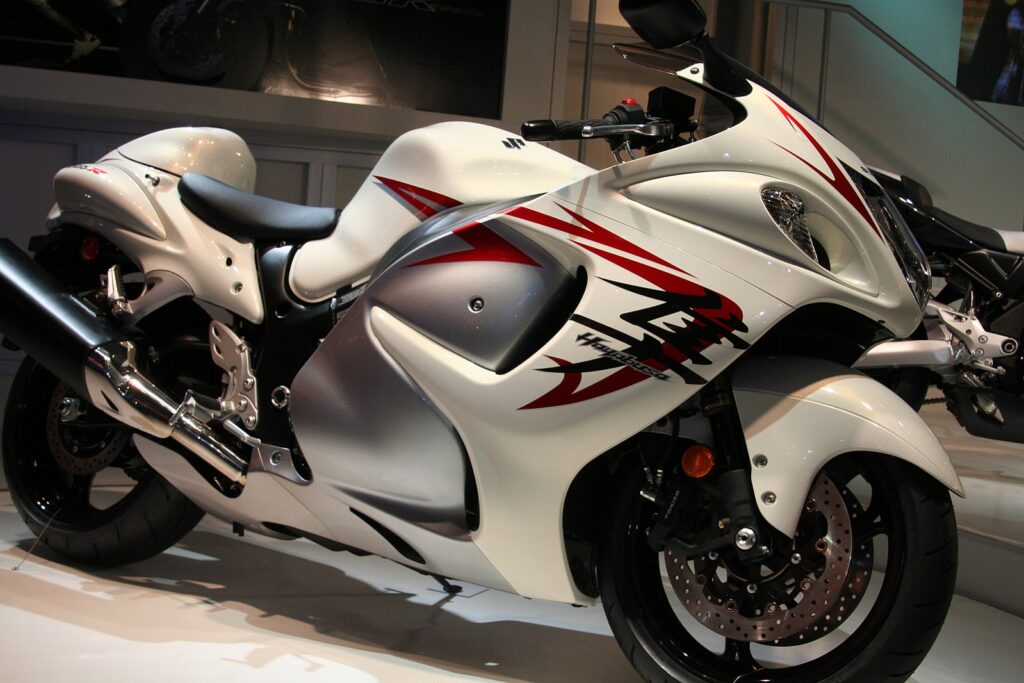
The Suzuki Hayabusa, introduced in 1999, redefined the concept of speed in the motorcycle world. Powered by a 1299cc inline-four engine, it became the fastest production motorcycle, capable of reaching speeds over 190 mph. The Hayabusa’s aerodynamic design and groundbreaking performance made it a legend and a symbol of extreme speed.
Yamaha FZR750
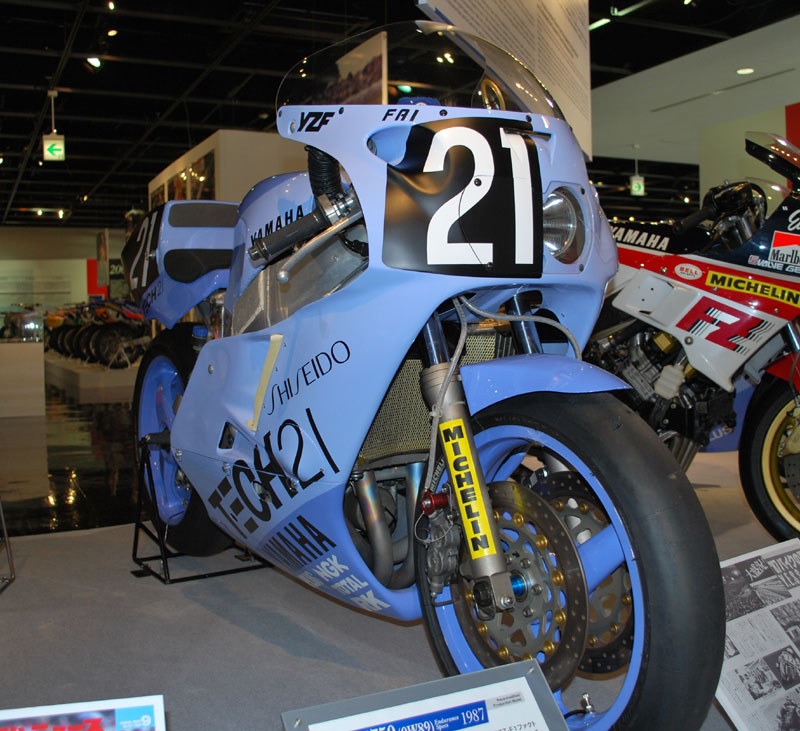
The Yamaha FZR750, also known as the OW01, was a homologation special introduced in the late 1980s for World Superbike competition. Powered by a 749cc inline-four engine, it was known for its lightweight chassis and race-tuned performance. The FZR750 played a crucial role in Yamaha’s racing success and influenced the development of future superbikes.
This article originally appeared in MyCarMakesNoise.
More from MyCarMakesNoise
16 Surprising Facts About the Honda Civic

The Honda Civic has long been a favorite among car enthusiasts and everyday drivers alike. Known for its reliability and efficiency, this iconic vehicle also has a few surprises up its sleeve. Read More
25 Legendary Racing Cars from Motorsport`s Golden Age

The golden age of motorsport was a thrilling era marked by innovation, speed, and unforgettable races. This period gave rise to some of the most legendary racing cars that continue to inspire awe and admiration. Read More
Top 15 Must-Have Mods for Your Classic Motorcycle Restoration

Restoring a classic motorcycle is a rewarding journey that combines passion, skill, and a love for vintage machines. To make your restoration project truly shine, incorporating some essential modifications is key. Read More

